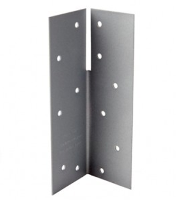Truss Clips and Framing Anchors in Timber Roof Construction
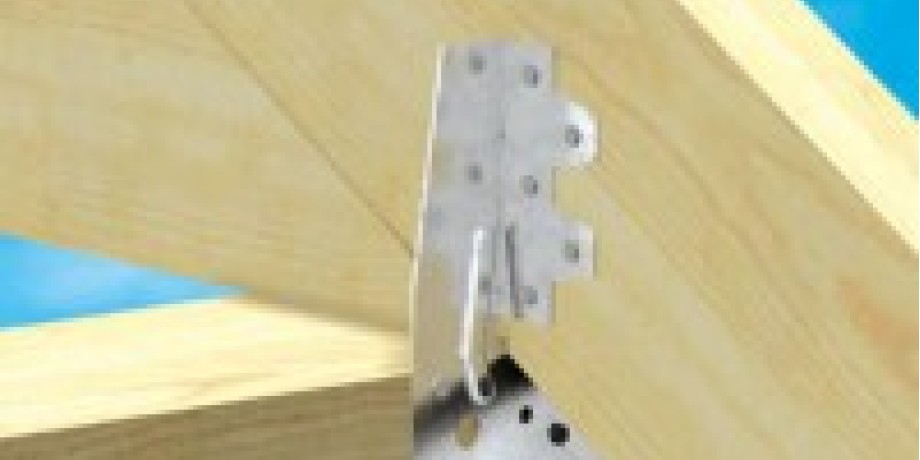
Truss Clips and Framing Anchors in Timber Roof Construction
The timbers, trusses or rafters need securing to the wall plate. This can be done by skew nailing on all form of roof, but on trusses or trussed rafters there is a danger of skew nails disturbing the joint, or themselves being deflected by the plates or connectors, resulting in an ineffective joint. In such situation, framing anchors or truss clips should be used.
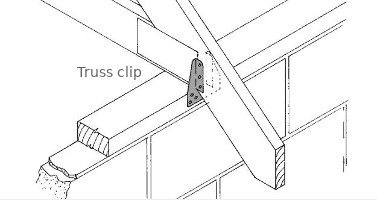
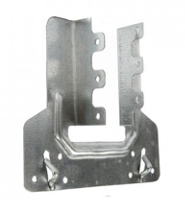
It is strongly recommended that for trussed after roofs the truss clip is used, whether or not it is specified on the drawing. Skew nailing through the connector plate at the heel invariably results in splitting of the timber in the bottom chord. It can also disturb the penetration of the teeth on the opposite side of the heel joint, weakening one of the most heavily loaded joints in a trussed rafter.
All metalwork used in roof construction should be galvanised, including nails to prevent corrosion. The roof can suffer from localised condensation, especially if not adequately ventilated. This could lead to premature corrosion of nails and fixings. A galvanised nail has a slightly rough surface to a plain nail and therefore gives an improved resistance to movement.
Truss clips hold truss or rafter to the wall plate. Framing anchors connect various trimmed openings and elements in the ceiling joist structure.
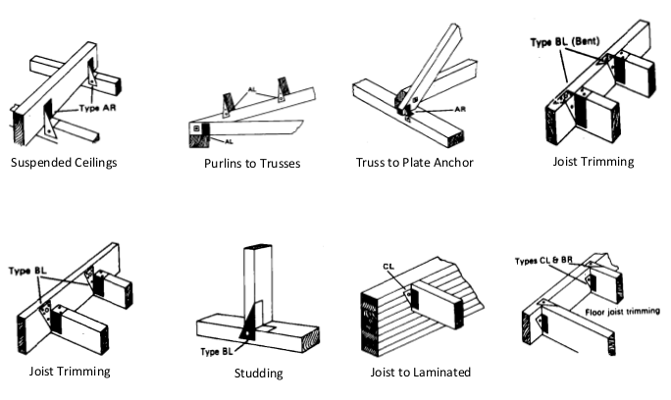
Types of Framing Anchors shown above available at Insulation Shop.
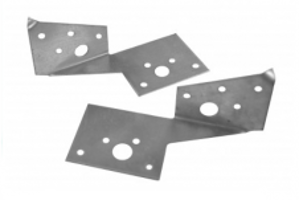
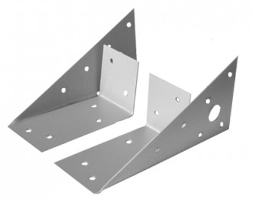
Dual Framing Clips - Left and Right Grip Framing Anchor Type A Left and Right
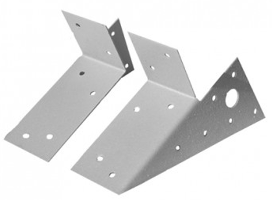
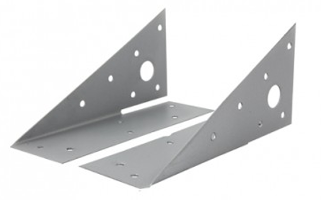
Grip Framing Anchor Type B - Left and Right Grip Framing Anchor Type C - Left and Right
